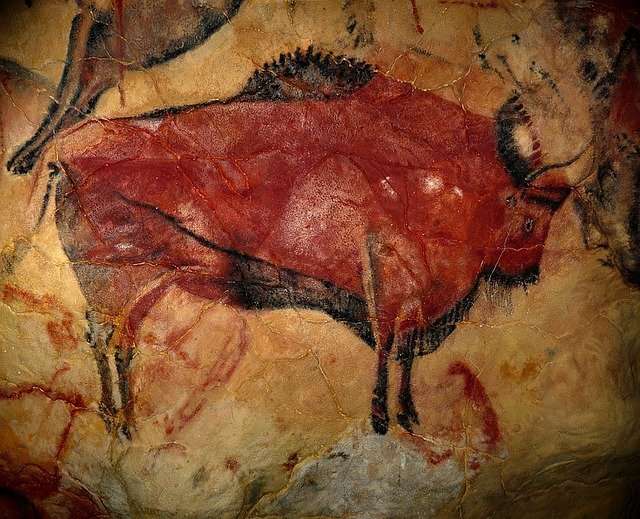Steampunk art is a perfect fit for those who love the idea of alternate history, and for those with an innovative imagination. Some of the most popular images are taken from movies and novels that depict Victorian Era England or America during a different time period. The fashion in these images can be described as a blending of modern styles with the clothing and accessories that were worn during this era in England and America.
Why do people choose to be a part of steampunk culture? The answer to this question could include many things. It could have something to do with being attracted to the way that people dress, or it could have something to do with the fact that steampunk is an open source movement where anyone can take part if they are willing to contribute. Whatever it is, it’s obvious that people who are involved in this culture love their imagery just as much as their friends, fans and followers do. Why else would they spend so much time creating such incredible masterpieces?
“Steampunk” is a term used to describe an alternative history of the 19th century where steam technology has advanced beyond the Victorian era. There are many subgenres within steampunk art, and each has their own unique style. The one thing all steampunk artwork shares is its attention to detail.
Most steampunk artwork focuses on machinery and structures that were popular in the Victorian Era. However, some artists have branched out into more fantastical creations such as dragons, robots and other creatures from folktales and mythology.
Truly unique steampunk artwork tends to be created by mixing different genres together. Some artists combine elements of fantasy and science fiction with historical elements; others add a bit of magic into their work or paint traditional Victorian style paintings with a hint of mystery. No matter what media or genre they choose to use, great steampunk art always has a sense of wonder that keeps you looking closer at every detail.
Steampunk art is really fun to work on; it is creative, and it is also very rewarding. Some of the best things about working on steampunk artwork are that you get to use your imagination and have fun while doing so.
Steampunk, a genre of science fiction that takes place in an alternate history Victorian era, often features elaborate and ornate mechanical devices. These contraptions are called “gearpunk” machines. Gearpunk, also known as “clockpunk” machines, have been used by writers like Jules Verne and H.G. Wells to help readers imagine what life would be like without electricity.
Some steampunk artists utilize these gears and cogs found on these machines to create their art. The gears are used to make jewelry or as part of a sculpture piece. Steampunk art is a relatively new form of art that has developed within the last several years.- See more at: http://steampunkart.com/
Sophisticated, hard-working and beautifully formed, Steampunk art is a new way of looking at the past.
This form of art is often misunderstood and often misused, but nevertheless it attracts more and more talented artists from all over the world.
The main idea of Steampunk art is to take old objects and give them a new lease on life.
The majority of Steampunk artists re-imagine these objects as if they had been used in the Victorian era.
In this case, such items as sewing machines, typewriters, cameras and even diving suits are modified with additional details that make them look like they were made in the Victorian period.
In other words, Steampunk art is all about creativity – this is why you will find so many different objects here: jewelry, fashion accessories, music instruments, furniture or even mobile phones.
Steampunk is a genre of science fiction that typically features steam-powered machinery, especially in a futuristic setting. Steampunk may, therefore, be described as neo-Victorian. Steampunk may include alternate history-style presentations of “the path not taken” of such technology as dirigibles or (as rendered in the artwork of Jules Verne) giant cannon.
TECHNOLOGY:
Steam-power is typically represented in the form of steam-powered mechanical computers, non-automated machines powered by steam and clockwork, or more fancifully as cyborgs with mechanical body parts.
The term steampunk was coined in 1987 by science fiction author K. W. Jeter, in a letter to Locus magazine.
Steampunk also refers to any of the artistic styles, clothing fashions, or subcultures that have developed from the aesthetics of steampunk fiction, Victorian art nouveau, and nineteenth century industrial steam-powered machinery; such as that portrayed in the works of Tim Powers, James Blaylock, K. W. Jeter, Scott Westerfeld and others.
More info at these links:**http://en.wikipedia.org/wiki/Steampunk_artwork**http://en



